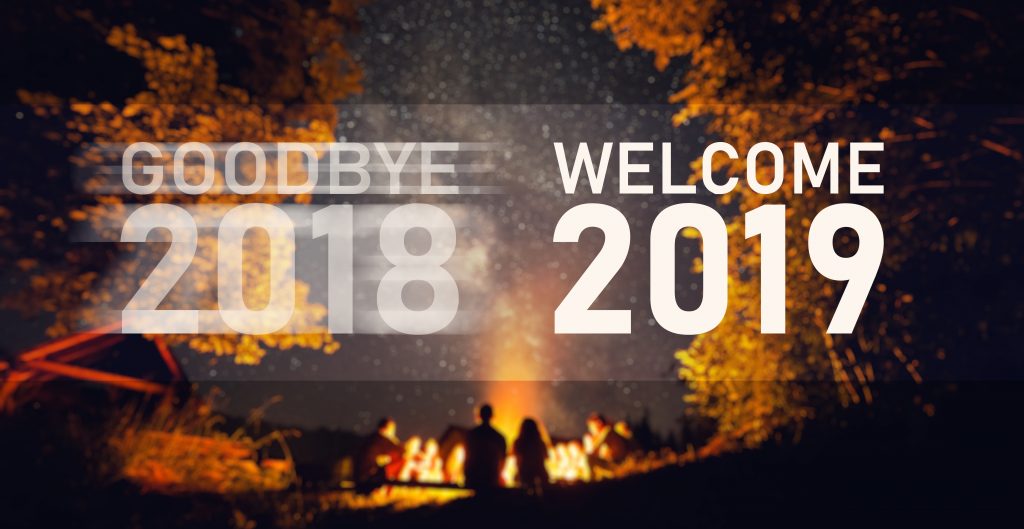Traditional scenario planning helps to prepare an organization for the future. The method asks leaders to consider possible future scenarios and how they could affect the business’s strategy in order to formulate the best plans to tackle any given outcome.
But, what happens when the future suddenly seems more uncertain than ever? The wheel is moving really fast these days. What we thought was true yesterday, might not be true tomorrow. We are facing fast changing environments in which people and organizations are struggling with how to adjust to it all. Some of the more common words I have heard when working with teams in the last 90 days are uncertainty, anxiety and feeling “stuck”.
Preparing ourselves
We cannot control what others decide, what consumers want, and what governments will do. We can only prepare ourselves to see the possibilities in advance and be at our best to quickly adapt our plans. The traditional way of planning no longer works and applying the scenario planning method won’t be enough under the current conditions. The issue now is not how many scenarios we can build based on assumptions and premises, but how fast we can read, listen, and integrate new information. The world is changing too quickly to be able to make predictions as we did in the past. There are new variables and a lot of unknowns.
We need to find a new way forward, which honors the need for long term plans, while learning how to adjust with agility and effectiveness. Just think, even the definition of what “long-term” means has been upended. Even yearly plans could be considered long-term now!
Scenario Planning 2.0
Now the question is, how do we find the way forward? How can we plan and create a vision if we are still reeling from the recent changes and figuring out how best to adapt? How can we support our team members and help them feel less anxious as we forge ahead together?
The way we do this needs to address not only the business planning and strategy, but also how we can build trust within the team and inspire and energize them. It requires learning a new way of applying an updated version of scenario planning; one where the current situation changes day to day, or even hour to hour. The updated version of scenario planning means having frequent and regular conversations with your team to discuss assumptions, impact, and action plans. This is not a one-time event, but a regular exercise that will align your people and help to inspire confidence in an uncertain time. Scenario Planning 2.0 will help you and your team find a way forward. A way that is aligned despite the different perspectives about the future, and that provides the mindset and practices that can help you adjust based on new information.
Learn more
I gave a webinar masterclass to explore this methodology further through a simple, yet powerful exercise that many leaders are already benefiting from. To watch the webinar recording and learn how to run this beneficial exercise with your team, click here.


